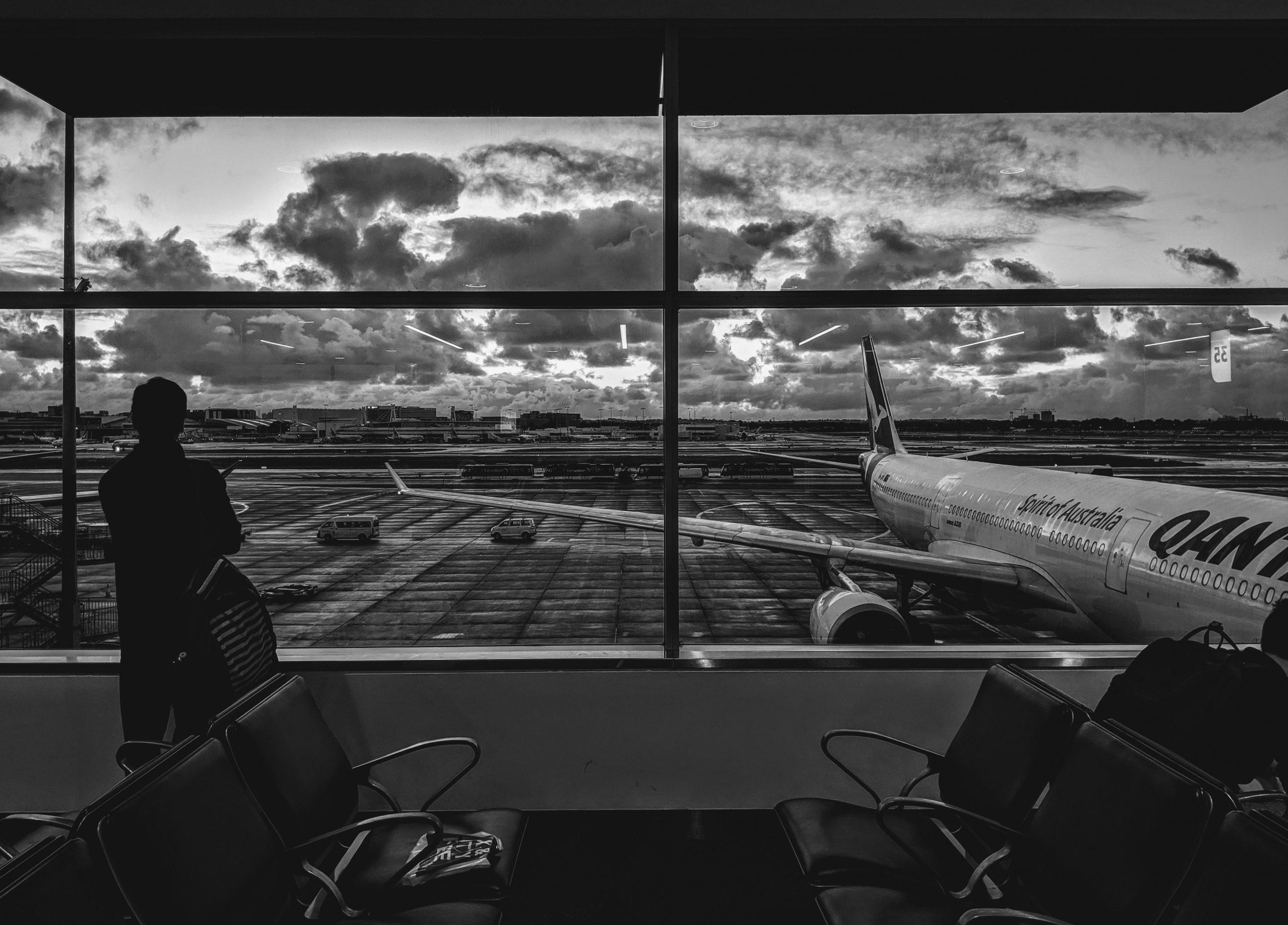Airline stocks felt some much needed relief in 2022 following a grounding both on the share front and flight front during the pandemic amid international and domestic border closures.
Demand for travel has never been higher than in recent times as borders reopened and Aussies with tonnes of saved up cash were ready to book holidays.
Shares in Australia’s national carrier and market leader, Qantas, are trading 36% higher over the last year at $6.58 as the flying kangaroo and subsidiary, Jetstar, ramped up capacity to carry 8 million passengers over the Aussie summer. Qantas flew the highest proportion of domestic passengers in October 2022 with 38% according to the ACCC, while Jetstar flew 23.1%, taking the airline’s group total to over 61%.
Over the last week though, Qantas shares have come under pressure amid five separate incidents with the company’s fleet of 737 planes. None of the incidents resulted in a crash which justifies the reason Qantas was named the world’s safest airline for 2023, however the close nature and recurring engine issue incidents in five days has investors questioning what is going on with the flying kangaroo’s fleet. Shares are down 0.23% over the last 5-days at $6.58.
The fallout from each incident may not be fully felt until the investigations are complete, solutions are found and the airline makes the necessary changes to ensure passenger safety remains at the forefront of its operations.
With increased capacity came heavily increased ticket prices that airlines attributed to rising petrol prices, labour shortages and inflation. Subsequently, the ACCC put Aussie airlines on notice after revealing a 27% increase in all airfare types between October 2019 and October 2022. The ACCC report also outlined the cheapest domestic airfares in November 2022 were more than double that of prices in April, and were a high not seen since 2004. The prices shot so high that many consumers turned to overnight trains and coaches to get between Sydney and Melbourne during this time.
Airlines offering promotional discounts on seats are also few and far between, with the days of $1 return flights, or half price tickets, merely a distant memory. For some Aussies wanting to travel across the country over the summer period, flights were more expensive than traveling to the US or Europe, without crossing an international border.
The consumer watchdog is now setting its sights on all airlines throughout 2023 to ensure the carriers aren’t intentionally slowing their return to full capacity and service as a means to justify the sky-high prices, especially as airlines like Qantas, Virgin and Rex all expect to be profitable in the FY ending June 2023.
The profitability on the horizon didn’t come without major cost cutting measures including to the food service on airlines where Qantas now doesn’t cater for vegetarians on flights unless it is requested prior to boarding the plane, and the purchasing of seats and baggage on Virgin which used to come included in an airfare.
Increased competition is also coming into land down under with the launch of a new low-cost airline, Bonza, operating across regional Australia. The airline is deemed an ‘ultra-low cost’ domestic carrier with five 737 MAX jets operating across its 17-destinations. The emergence of a new budget carrier is also hoped to help ease the expensive ticket price pressure currently faced.
Reformed commercial airline, Virgin Australia may soon take its competitive edge to the ASX after Bain Capital, the firm which rescued Virgin Australia from voluntary administration back in 2020, said it will soon seek advice on an initial public offering. The IPO may go one of two ways; extremely well given the current 737-woes competitor Qantas is facing, or investors may remain wary of investing in airlines in 2023 as demand may start to ease and passenger safety is in question throughout the industry as a whole.
As for just how high airline stocks can go in 2023, the question investors are thinking about is, has the price ceiling been reached or is there further room to grow amid ongoing strong demand and stubbornly high petrol price outlook?




